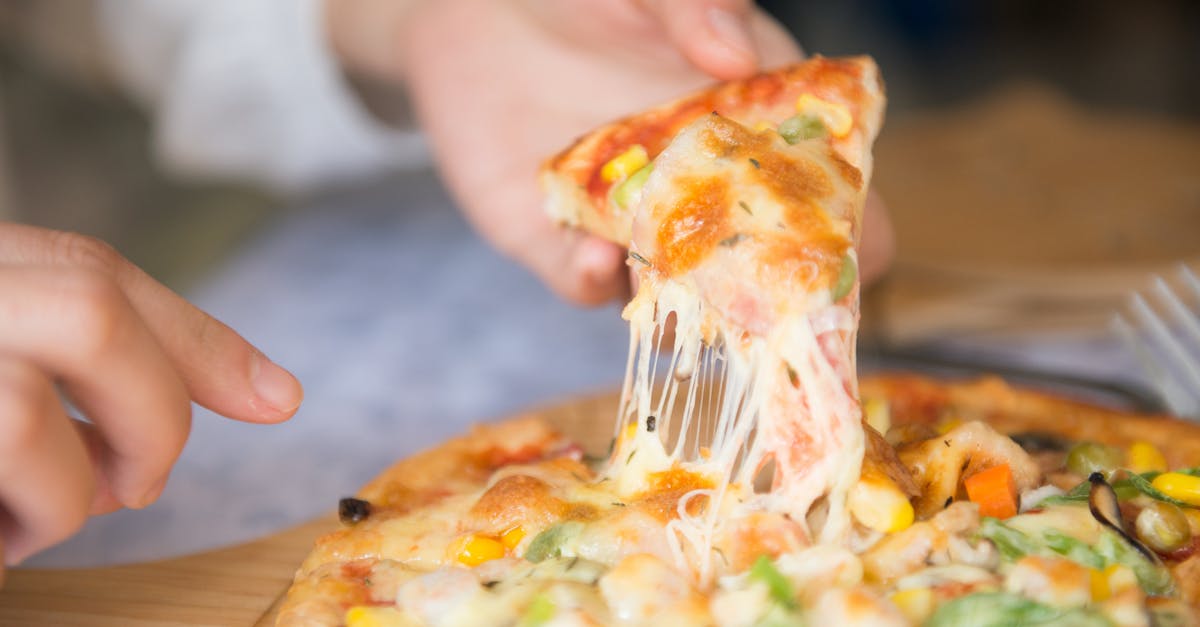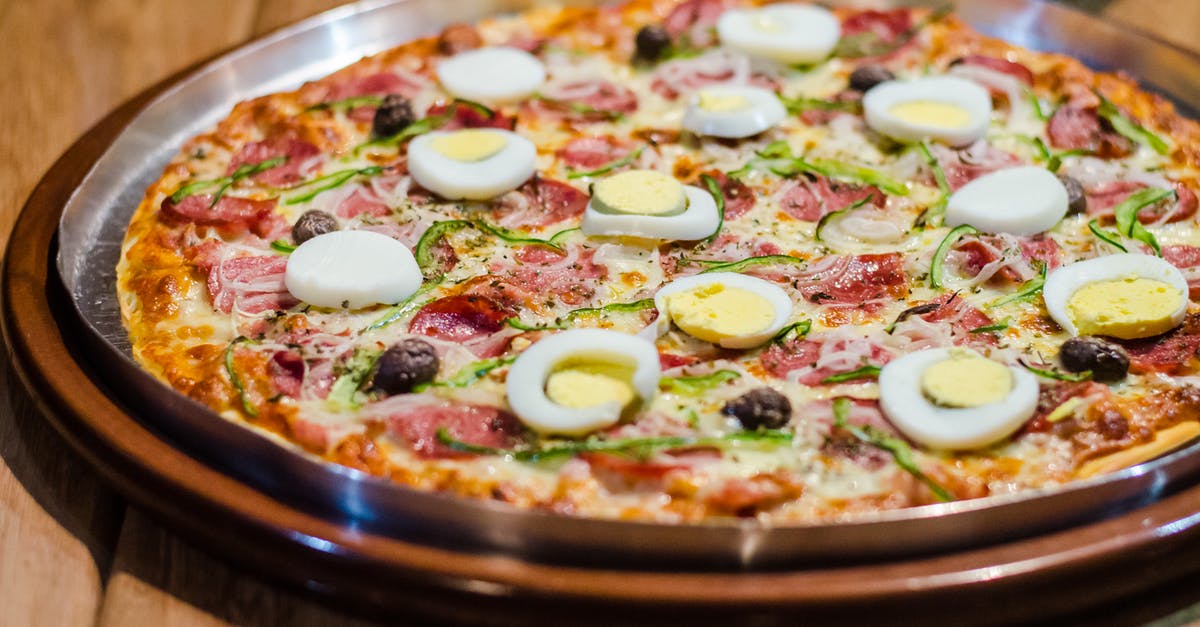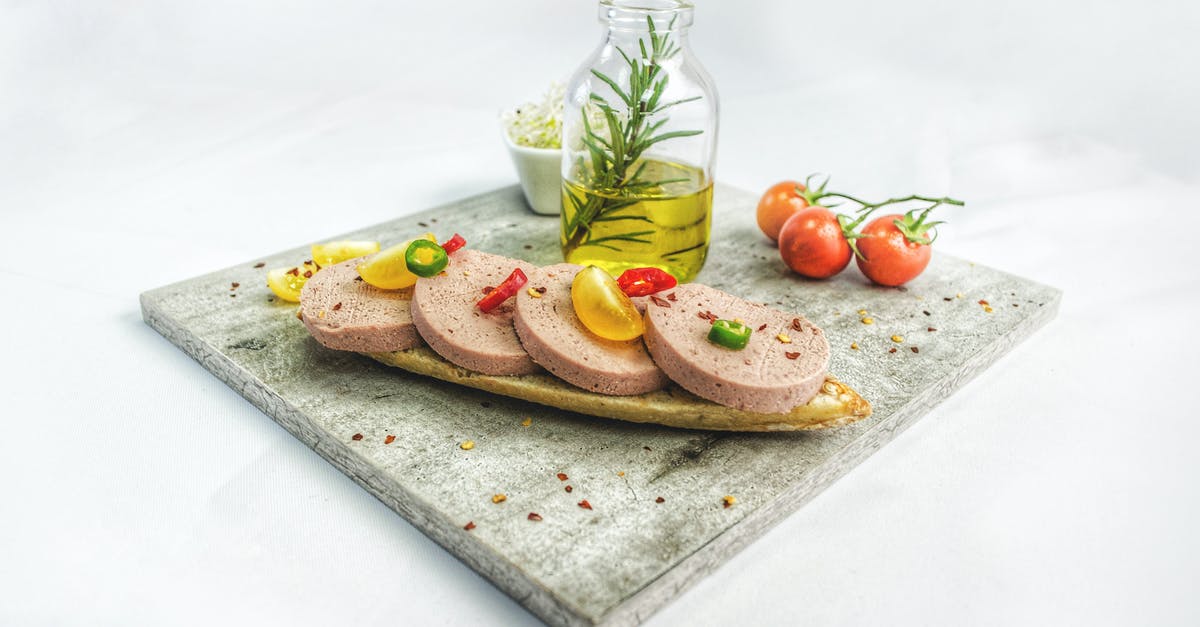Cooking a ham a second time

I put a ham in the fridge to defrost earlier this week. It was from a half-hog custom order we got so I'm not 100% sure but I think the processors said it was cured.
Today I put it on a wood-pellet grill at 325 for 1.5 hours, then 350 for another 0.5 hour when I saw I was running out of time before I had to leave.
I ended up having to take it off as it was taking much longer than I thought to get done. When I took it off (after about 2 hours total) the internal temp read 115 degrees. I went ahead and put it back in the fridge.
My question is can I take this ham and put it back on the grill tomorrow when I have more time to let it get up to 145? Or is that not safe?
Thanks!
Best Answer
Somebody's going to tag this question as a "duplicate" pretty soon (as we have a lot of questions that address this sort of food safety issue before).
But let me just say briefly that according to standard food-safety recommendations, this is NOT safe. Below around 130F, bacteria will grow in food, and many kinds of harmful bacteria grow the fastest in the range around or a little over 100F, which is where the center of this ham spent a lot of time. Until the ham gets over 130F, those bacteria will not start to be killed off.
When you took the ham off the grill and put in the fridge, it will take the center a long time to cool back down, during which time it will grow even more bacteria. And then tomorrow to heat it back up, it will likely take a few more hours, during which even more bacteria will grow. It may end up spending 6-8 hours total in the "danger zone" where bacteria grow rapidly. If the ham reaches a higher internal temperature for a longer period, that will kill off the living bacteria, but with so many hours in the growth zone with heating and cooling and reheating, those bacteria may leave behind toxins that won't necessarily be destroyed even with higher heat.
All that said, there are fewer bacteria in the center of a large hunk of meat, and cured meats with high-salt content, etc. will slow bacteria growth. So, it's possible (even likely) your ham will be okay to eat. The problem is without knowing how it was processed (and under what conditions), how long it may have sat at other times before you received it at temperatures that would allow bacterial growth, etc., you can't know whether it's safe. That's why food safety organizations have strict recommendations, and they'd say your ham may be unsafe now.
Pictures about "Cooking a ham a second time"



How do you heat up a precooked ham without drying it out?
The goal is to reheat the ham without drying it out. The best way to do this is to place the ham on a rack in a roasting pan. Add water to the bottom of the pan and cover the whole thing tightly with foil. Bake at 325F for 16-20 minutes per pound, until a meat thermometer registers 135F.How many times can you reheat ham?
There are no limits to how many times you can safely reheat leftover home-cooked meals. However, best practice is to limit the number of times you do so. More often than not, you wouldn't need to reheat one type of dish more than once.How do you warm up a fully cooked ham?
Reheat in a 325-degree oven until it reaches an internal temperature of 135 to 140 degrees. You can also place the ham in an oven bag. Figure no more than 10 minutes per pound for reheating. For hams that are fully cooked (again, check the label) and not spiral sliced, first cut off any skin.How long does a precooked ham take to cook?
A precooked ham should be cooked in the oven at 325 degrees for 10 minutes per pound, or until it reaches 145 degrees, according to the USDA. If you're reheating a ham that was repackaged or leftover, it needs to be cooked to 165 degrees F.Huge Mistakes Everyone Makes When Cooking Ham
Sources: Stack Exchange - This article follows the attribution requirements of Stack Exchange and is licensed under CC BY-SA 3.0.
Images: Cats Coming, Pablo Macedo, Nicolas Postiglioni, Pablo Macedo
